Welcome to the Wonderful World of Houseplants!
So, you’ve decided to bring some greenery into your home. Congratulations! Houseplants not only add beauty and style to your space, but they also have numerous health benefits. From improving air quality to reducing stress levels, these leafy companions are truly worth the effort.
But where do you start? With so many options out there, it can be overwhelming for beginners to choose the right houseplants. Fret not, my friend! We’ve compiled a list of the 15 best houseplants for beginners to help you kickstart your indoor gardening journey.
1. Spider Plant (Chlorophytum comosum)
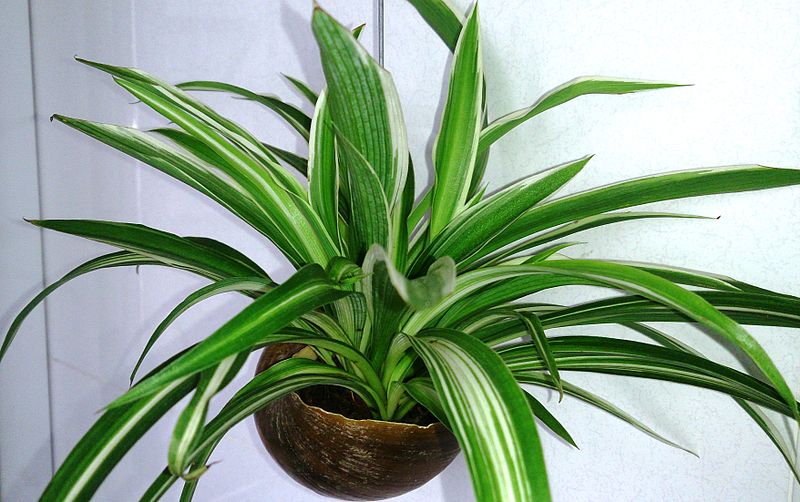
Let’s begin with a classic! Spider plants are known for their resilience and ability to thrive in various conditions. They have long, arching leaves with white stripes that add a touch of elegance to any room. Plus, they produce “spiderettes” that you can propagate and share with your friends.
2. Snake Plant (Sansevieria trifasciata)

If you’re notorious for forgetting to water your plants, the snake plant is your saviour. With its sword-shaped leaves and low maintenance needs, it’s practically indestructible. This hardy plant also improves air quality by filtering out toxins, making it a perfect choice for bedrooms.
3. Pothos (Epipremnum aureum)

Pothos, also known as Devil’s Ivy, is a vine that can trail or climb, making it a versatile choice for any space. Its heart-shaped leaves come in various shades of green, and it thrives in both bright and low-light conditions. Pothos is forgiving when it comes to watering, making it ideal for beginners.
4. Peace Lily (Spathiphyllum)
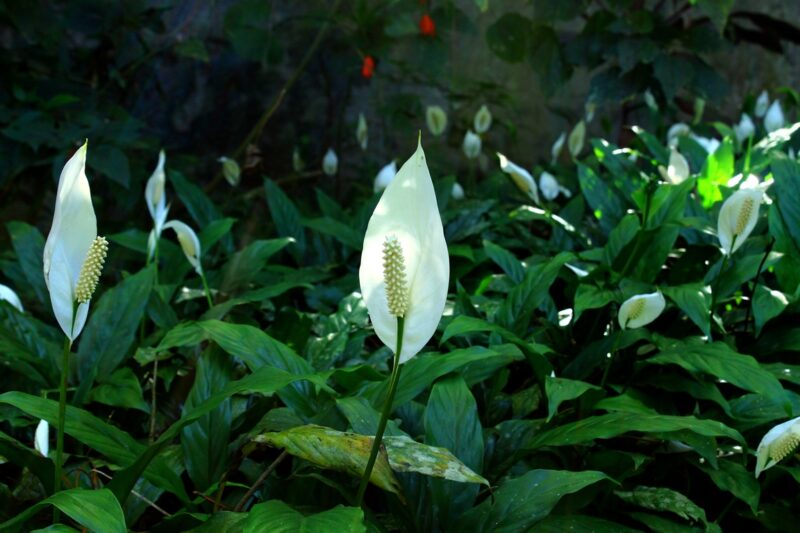
Looking for a houseplant that blooms? The peace lily is here to impress. With its elegant white flowers, this plant adds a touch of serenity to any room. Peace lilies prefer low to medium light and only need watering when the soil is dry to the touch. Just be careful if you have pets, as peace lilies are toxic to them.
5. ZZ Plant (Zamioculcas zamiifolia)

The ZZ plant is a real trooper. It can survive in almost any light condition, from bright indirect light to low-light corners. Its glossy, dark green leaves add a modern touch to your home decor. The ZZ plant is also known for its ability to tolerate neglect, so it’s perfect for those who tend to forget about their plants.
6. Rubber Plant (Ficus elastica)
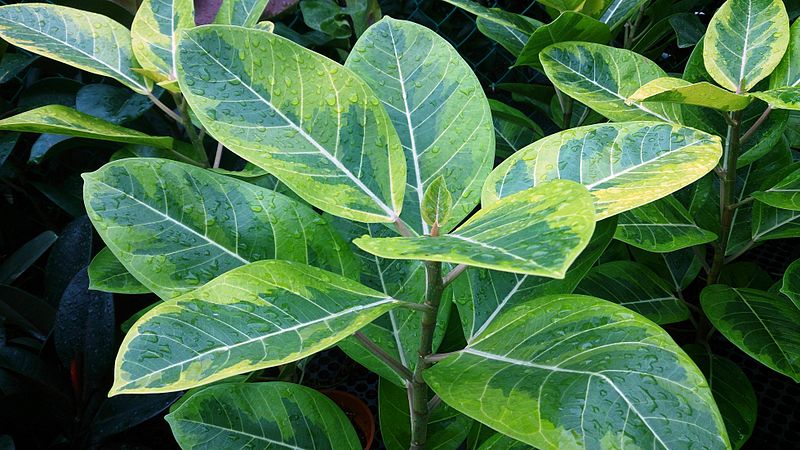
With its large, shiny leaves, the rubber plant makes a bold statement in any room. It prefers bright, indirect light and regular watering. However, be cautious not to overwater, as it can lead to root rot. If you’re up for a challenge and want a stunning plant that demands attention, the rubber plant is for you.
7. Aloe Vera (Aloe barbadensis)

Not only is aloe vera a trendy houseplant, but it’s also a natural remedy for minor burns and skin irritations. This succulent thrives in bright, indirect light and requires minimal watering. Just make sure to let the soil dry out completely between waterings to avoid root rot.
8. Chinese Money Plant (Pilea peperomioides)

Also known as the pancake plant or UFO plant, the Chinese money plant features round, coin-like leaves that symbolize good fortune. It prefers bright, indirect light and regular watering. As a bonus, it’s easy to propagate, so you can share the wealth with your friends.
9. Boston Fern (Nephrolepis exaltata)

If you’re looking to add a touch of lushness to your space, the Boston Fern is an excellent choice. Its feathery fronds create a delicate and airy atmosphere. Boston ferns thrive in high humidity and indirect light, making them perfect for bathrooms or kitchens.
10. Jade Plant (Crassula ovata)
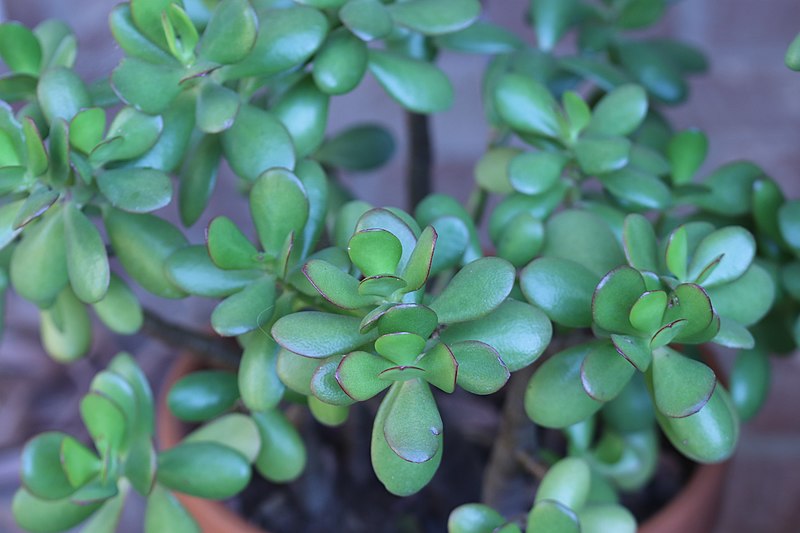
The jade plant, also known as the money plant or friendship tree, is a popular choice for its symbolic meaning of prosperity and friendship. This succulent has thick, fleshy leaves and prefers bright light. It’s a low-maintenance plant that only needs watering when the soil is completely dry.
Happy Houseplant Journey!
Now that you have a list of the 10 best houseplants for beginners, it’s time to get your hands dirty and start your indoor gardening adventure. Remember, each plant has its own unique needs, so make sure to research and provide the right care for your leafy companions. With a little love and attention, your houseplants will thrive and bring joy to your home for years to come.
So, go ahead and pick your favourites from the list, and let the green revolution begin!
Frequently Asked Question
Houseplants can improve the quality of the air, reduce stress and anxiety, boost your mood and productivity, and add beauty and colour to your space.
You should consider the amount of light, humidity, and temperature in your space, as well as how much time and effort you are willing to spend caring for your plants. You should also pick plants that match your personal preferences and style.
The watering needs of houseplants vary depending on the type, size, and season of the plant, as well as the potting medium, drainage, and environment. A general rule of thumb is to water your plants when the top inch of the soil feels dry to the touch and to avoid overwatering or underwatering them. You should also use room-temperature water and water the soil, not the leaves.
Fertilizing your houseplants can provide them with essential nutrients and enhance their growth and health. You should use a balanced, water-soluble fertilizer that is suitable for your plant type, and follow the instructions on the label. A general rule of thumb is to fertilize your plants once a month during the growing season (spring and summer), and once every two months during the dormant season (fall and winter).
The best way to prevent and treat houseplant pests and diseases is to keep your plants healthy and clean. You should inspect your plants regularly for any signs of infestation or infection, such as yellowing, wilting, curling, or spotting of the leaves, or the presence of insects, webs, or sticky substances. You should also isolate any affected plants from the rest of your collection, and use natural or chemical remedies to get rid of the problem. Some common houseplant pests and diseases include aphids, spider mites, mealybugs, scale, fungus gnats, whiteflies, powdery mildew, and root rot.






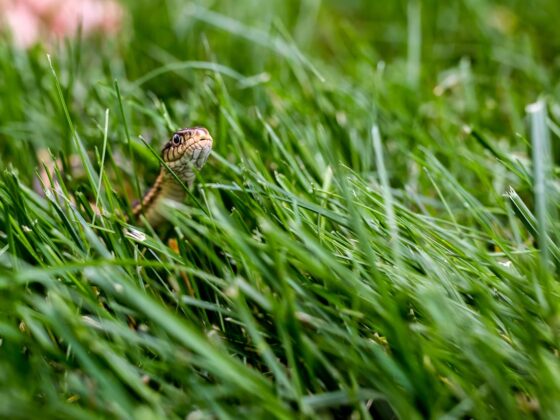
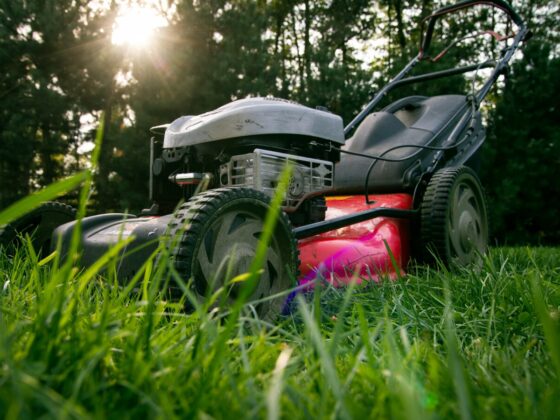
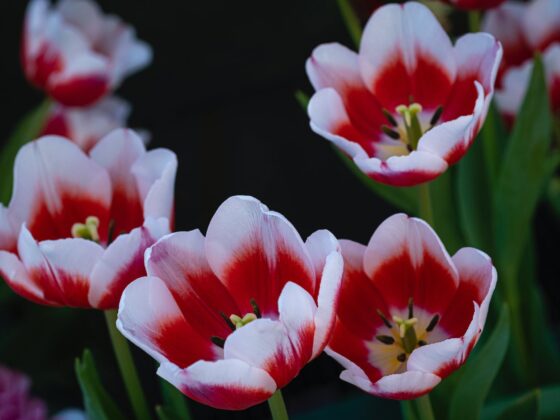

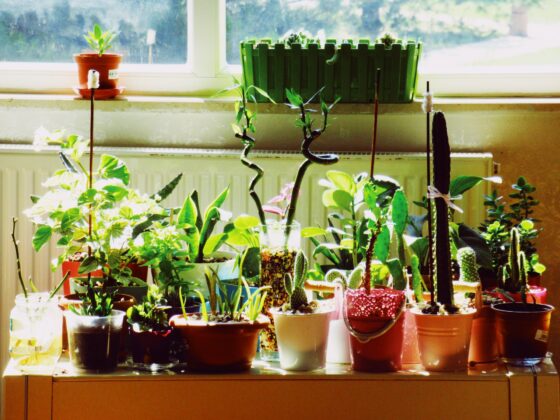
1 comment
Hi i think that i saw you visited my web site thus i came to Return the favore I am attempting to find things to improve my web siteI suppose its ok to use some of your ideas.